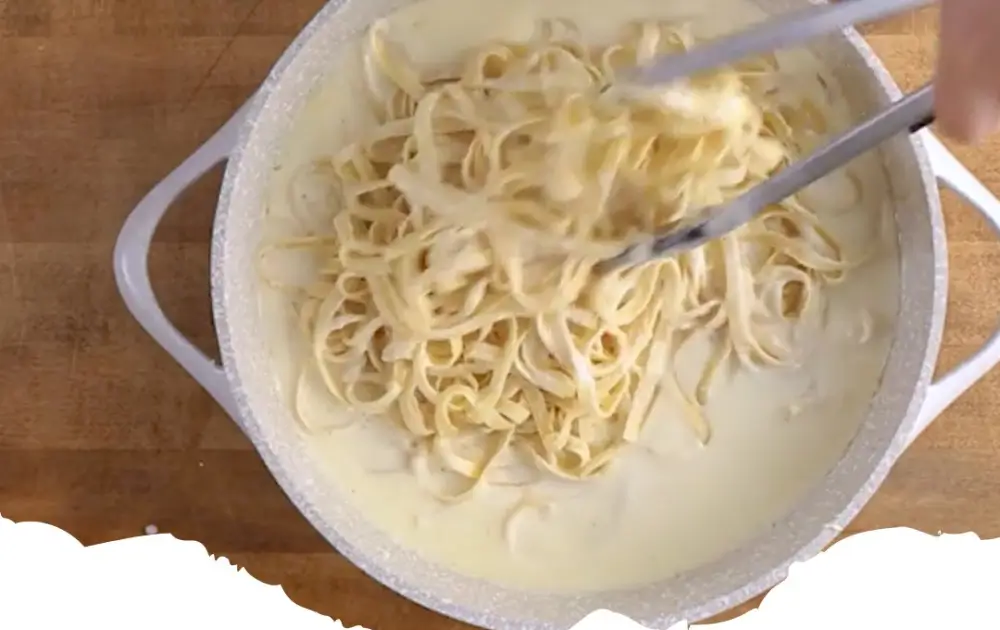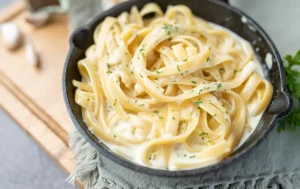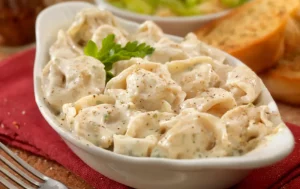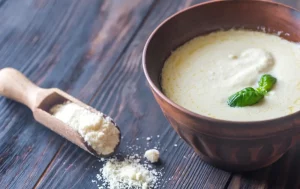Alfredo sauce, a rich and creamy staple of Italian cuisine, has captivated the palates of food lovers around the world. Originating from Rome, this simple yet luxurious sauce combines butter, heavy cream, and Parmesan cheese to create a velvety texture and decadent taste that transforms any pasta dish into a comforting meal.
The Origins of Alfredo Sauce
The story of Alfredo sauce begins in the early 20th century with Alfredo di Lelio, a restaurateur in Rome who wanted to create a dish that would appeal to his pregnant wife’s changing tastes. He crafted a sauce that was both rich in flavor and easy to digest, originally serving it with fettuccine. The dish, Fettuccine Alfredo, quickly became a hit, not only in Italy but also in the United States, where it took on a life of its own.
Essential Ingredients for Authentic Alfredo Sauce
To create an authentic Alfredo sauce, you need just a few high-quality ingredients:
- Butter: The base of the sauce, providing richness and a silky texture.
- Heavy Cream: Adds creaminess and body to the sauce.
- Parmesan Cheese: Gives the sauce its distinctive flavor; freshly grated Parmesan is best for melting smoothly into the sauce.
- Salt and Black Pepper: Simple seasonings to enhance the natural flavors of the sauce.
Preparing the Alfredo Sauce
Creating Alfredo sauce begins with melting butter in a pan over medium heat. Once the butter is liquid and slightly bubbly, heavy cream is stirred in, forming the creamy base of the sauce. The mixture is gently warmed until hot but not boiling, as high heat can cause the dairy to separate.
Gradually, freshly grated Parmesan cheese is whisked into the mixture until it melts completely, thickening the sauce and enriching it with a deep, savory flavor. It’s important to add the cheese slowly and at a lower temperature to ensure a smooth consistency.
Seasoning with salt and pepper is the final step in the sauce-making process. These seasonings should be added to taste, keeping in mind the saltiness of the Parmesan cheese.
Tips for the Perfect Alfredo Sauce
- Use high-quality butter and Parmesan cheese for the best flavor and texture.
- Keep the heat moderate to prevent the sauce from separating.
- Stir constantly while adding the Parmesan cheese to avoid clumps.
- For a lighter version, some cooks substitute part of the heavy cream with milk, though this may slightly alter the sauce’s richness.
Serving Alfredo Sauce
Alfredo sauce pairs beautifully with fettuccine, linguine, or any pasta that can hold onto the creamy sauce. It’s also versatile enough to serve over vegetables, chicken, or seafood for those looking to explore beyond pasta dishes.
This creamy Alfredo sauce, with its rich history and simple elegance, offers a taste of Italian luxury with every bite. Whether enjoyed in a classic Fettuccine Alfredo or used as a base for more elaborate culinary creations, it remains a beloved sauce that brings warmth and comfort to dining tables around the globe.







